Five unsual Scottish festivals and ceremonies
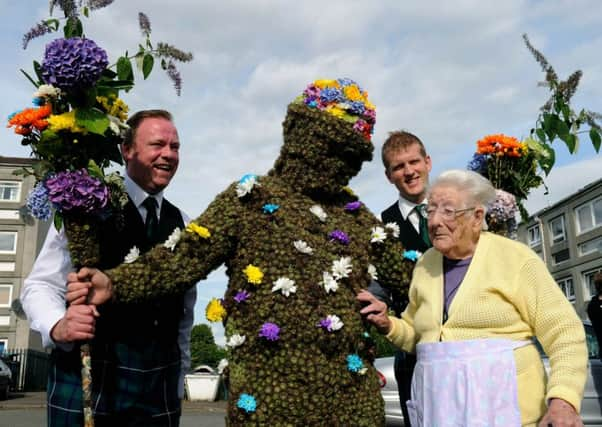

We take a look at a look at the history behind five of Scotland’s more unusual festivals and ceremonies:
Whuppity Scoorie, Lanark
A festival held in Lanark in the Spring, each year on March 1. The name of the festival derives from whippitie, meaning to rush about.
Advertisement
Hide AdAdvertisement
Hide Ad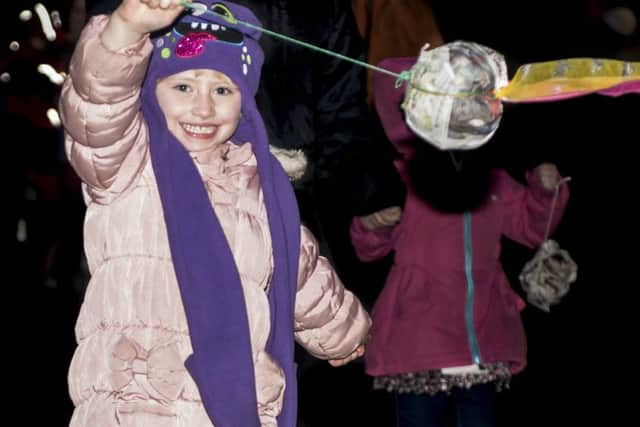

In the evening, the children of Lanark run three times anti-clockwise round St Nicholas Kirk, swinging paper balls on string around their heads.
Afterwards, there is a scramble to chase bad spirits away.
There are various competing theories to explain what Whuppity Scoorie is all about. Some say it is a pre-Christian rite, a driving out of evil and a welcoming of spring. Another theory claims that it derives from the 17th-century practice of taking prisoners from the nearby Tolbooth and whipping them round the kirk before scouring them of their sins in the River Clyde.
A third notion is that, during the 19th century, local youngsters would march from the kirk in the direction of nearby New Lanark, where they would fight and throw stones at boys from that rival town. Thus, it is quite possible that today’s charming Whuppity Scoorie has its roots in the violent territorial disputes of yesteryear. As a Glaswegian, it is pleasant to think that a century from now our present gang-fighting may have evolved into something similarly bloodless and ritualised. Chibbity squarego, perhaps.
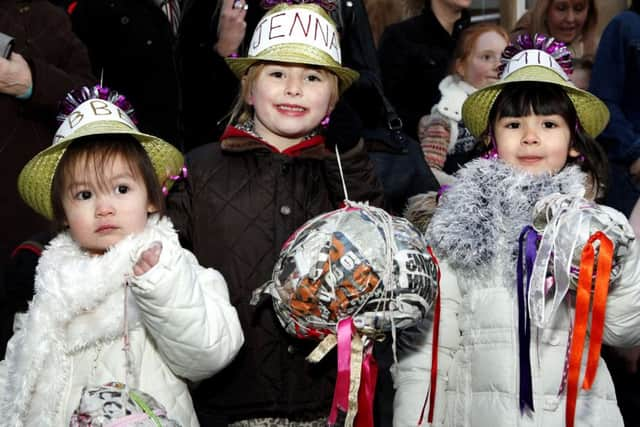

Whatever its real origins, the truth is that Whuppity Scoorie’s obscurity and vagueness is a significant part of its charm.
The Burry Man, South Queensferry
The Burry Man is the name given to the character central to South Queensferry’s Burryman Parade.
Covered from head to foot in a bristly suit made of burdock plant burrs, a local man walks through the town and is offered whisky and money by the residents in the hope of bringing good luck to the area.
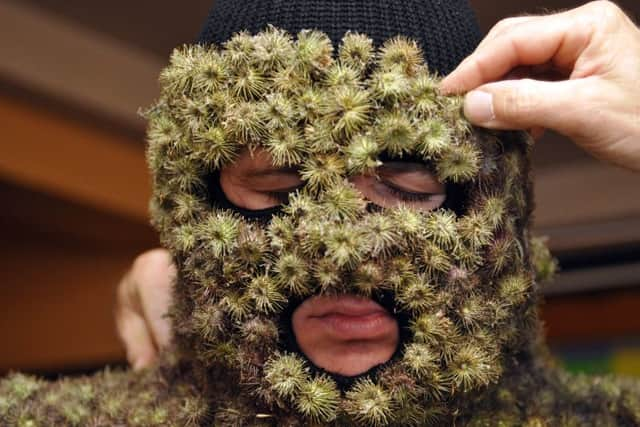

Each August the Burry Man is dressed for the occasion and helped through the town on his gruelling 8-hour journey by his attendants.
Advertisement
Hide AdAdvertisement
Hide AdThe nature of the suit means he must walk uncomfortably and hold his arms out throughout his seven-mile slow walk.
On his trip, he will visit a number of places throughout the town, with his arms holding decorative flowers for the duration. Forbidden to talk, the Burry Man must drink any whisky offered to him through a straw, since his face is covered by the plant heads.
The tradition is thought to have begun in the Seventeenth century, although some believe it could be older and the exact meaning has been lost through the ages.
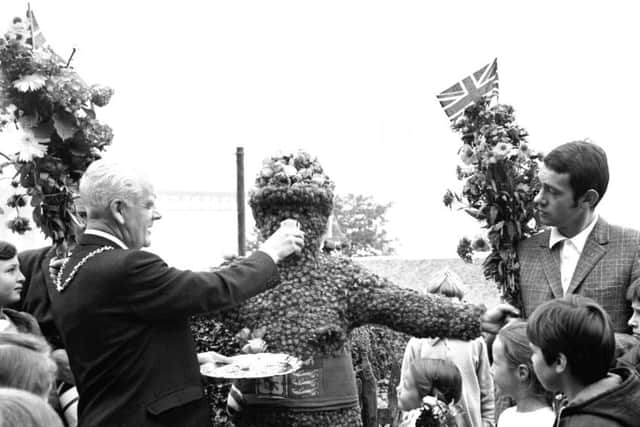

Burry Man’s walk is also associated with the annual Ferry Fair.
Boys Ploughing Match and the Festival of the Horse, South Ronaldsay, Orkney
For at least 200 years, the South Ronaldsay Boys Ploughing Match and the Festival of the Horse has taken place in tribute to the isle’s strong agricultural traditions.
Advertisement
Hide AdAdvertisement
Hide AdThe ploughing match is staged on the hard flats of the Sands O’ Wright with the timing of the contest fixed to fit with the turning tides.
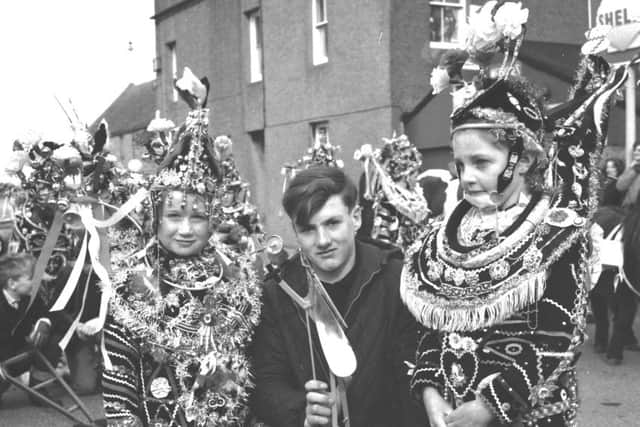

Each boy - some as young as five - has a four feet square patch to plough, as sketched out in the sand.
There he will create dreels and furrows using a miniature single-blade plough unique to the event which is often handed down through the generations.
The early ploughs often just consisted of an ox hoof, or horn, tied to a stick.
The match is a serious business conducted under the watchful eye of grandfathers, fathers, uncles and brothers.
But first comes the spectacle of the Festival of the Horse.
Female pupils of Hope Community School - or those whose relatives have taken part before them - gather in the school hall to transform themselves into richly decorated show horses.
The key to the costume is the heavily adorned harness, just as say a Clydesdale would wear in the ring.
Advertisement
Hide AdAdvertisement
Hide AdThen there are the heavy black shoes for hooves that are dressed with white lace, fringes or fur to create the feathers of the heavy horse.
Burning the clavie, Burghead, Moray Firth
When Britain changed over from the Julian to the Gregorian calendar in 1752, not everywhere followed suit.
Burghead was a little bit slower than the rest of the UK, and even today the small town in Morayshire celebrates New Year on 10 January. However, what they lose in tardiness they make up for in effort, as they host one of the few fire ceremonies that are thought to have survived the Catholic Church’s purge on Pagan fire rituals.
The Burning of the Clavie involves a hooped barrel, the Clavie, which is filled with old bits of tar and wood. It is hammered onto a pole with a specially forged nail, which traditionally used no iron (perhaps suggesting a link to primitive magic?).
Ten men take turns to carry the burning Clavie clockwise round the streets, stopping off to present bits of smouldering embers to houses. The burning bits are snatched up by locals to feed their home fires, and some ashe remains are even packaged and sent by post to relatives. Presumably they are snuffed out first, but no one is saying.
After a town parade, the Clavie is attached to a special pillar that has been built on nearby Doorie Hill. More fuel is added before the blazing embers are scattered down the hillside as people scramble for the glowing cinders for good luck.
Advertisement
Hide AdAdvertisement
Hide AdIs Burning the Clavie a tradition passed down from the Picts, Romans, Celts or Norse? Well nobody really knows. By the 17th century it had turned into a cleansing rite, to expunge the evil eye from the fishing fleet and it probably took place in many villages throughout the north-east of Scotland. It was condemned by the Presbyterian churches as “superstitious, idolatrous and heathen”, and in 1704 a law was passed against Clavies.
Today a position on the Clavie “team” is highly prized and is handed down through the family.
The Braw Lads’ Gathering, Scottish Borders
The Braw Lad’s Gathering is an annual event that has been held in Galashiels, in the Scottish Borders since 1930.
The ceremony sees riders parade on horseback through the town in celebration of the burgh charter in 1599.
Each rider is presented with a plum tree sprig to commemorate the 1337 victory over English raiders and are led each year by the Braw Lad - who carries the glat and leads followers to the Auld Town Cross for the Mixing of the Roses ceremony by that year’s Braw Lass.
The ceremony sees red and white roses mixed together and commemorates the marriage in 1503 of James IV and Margaret Tudor.